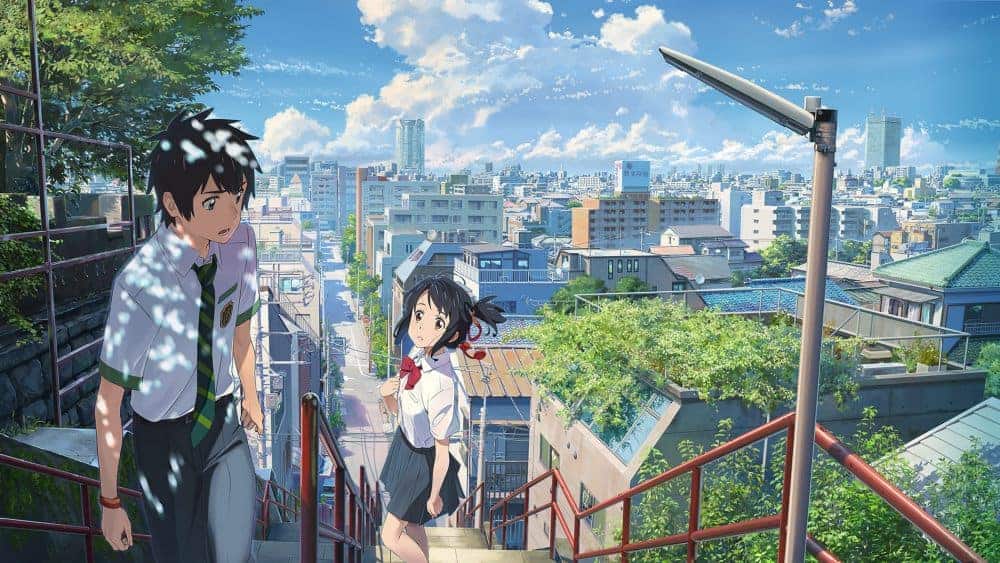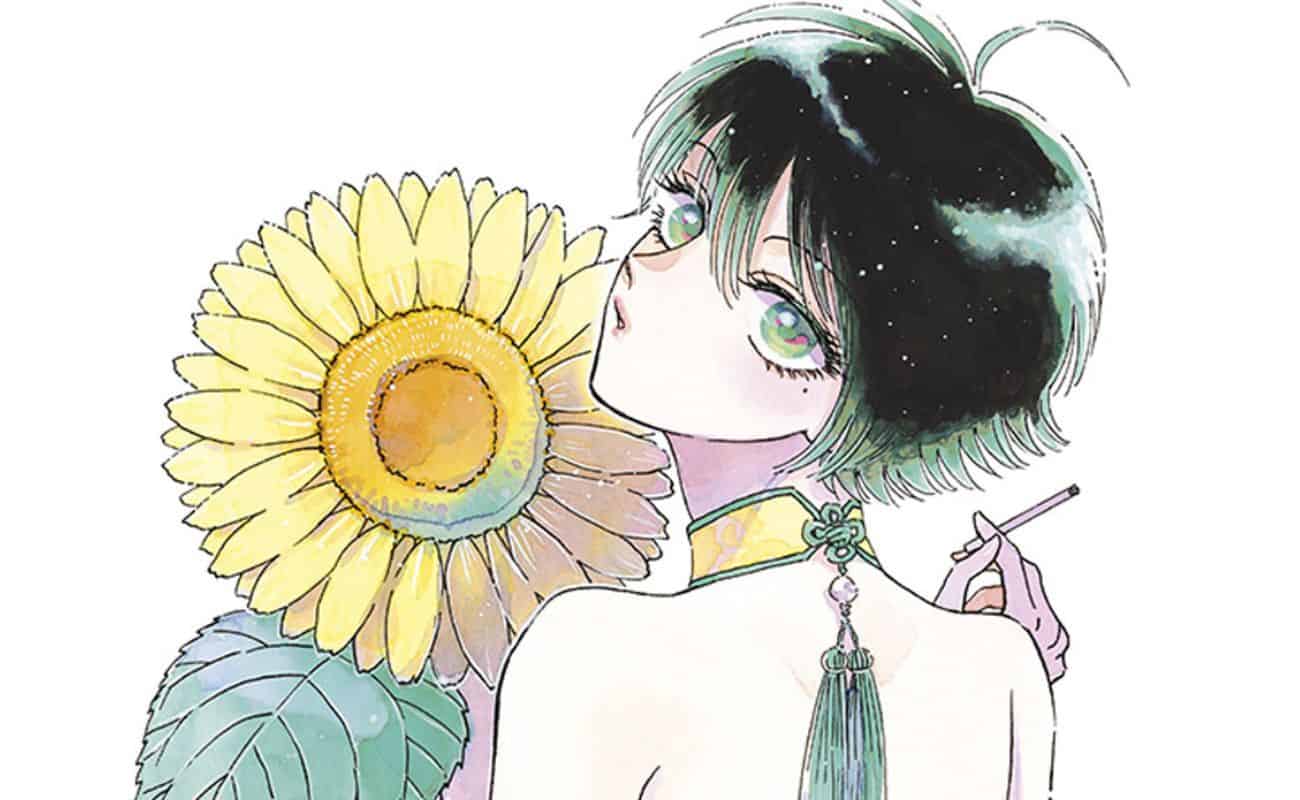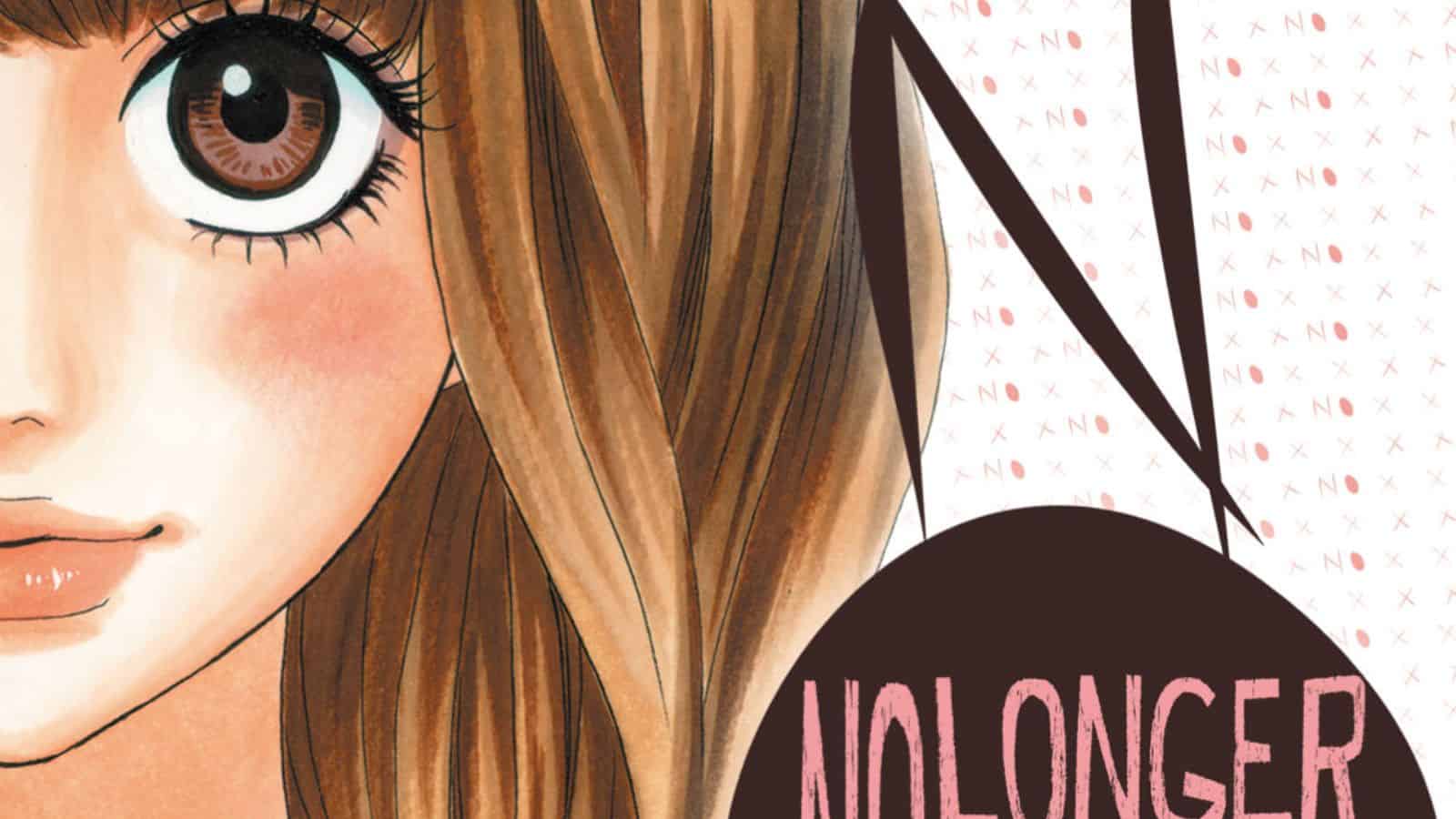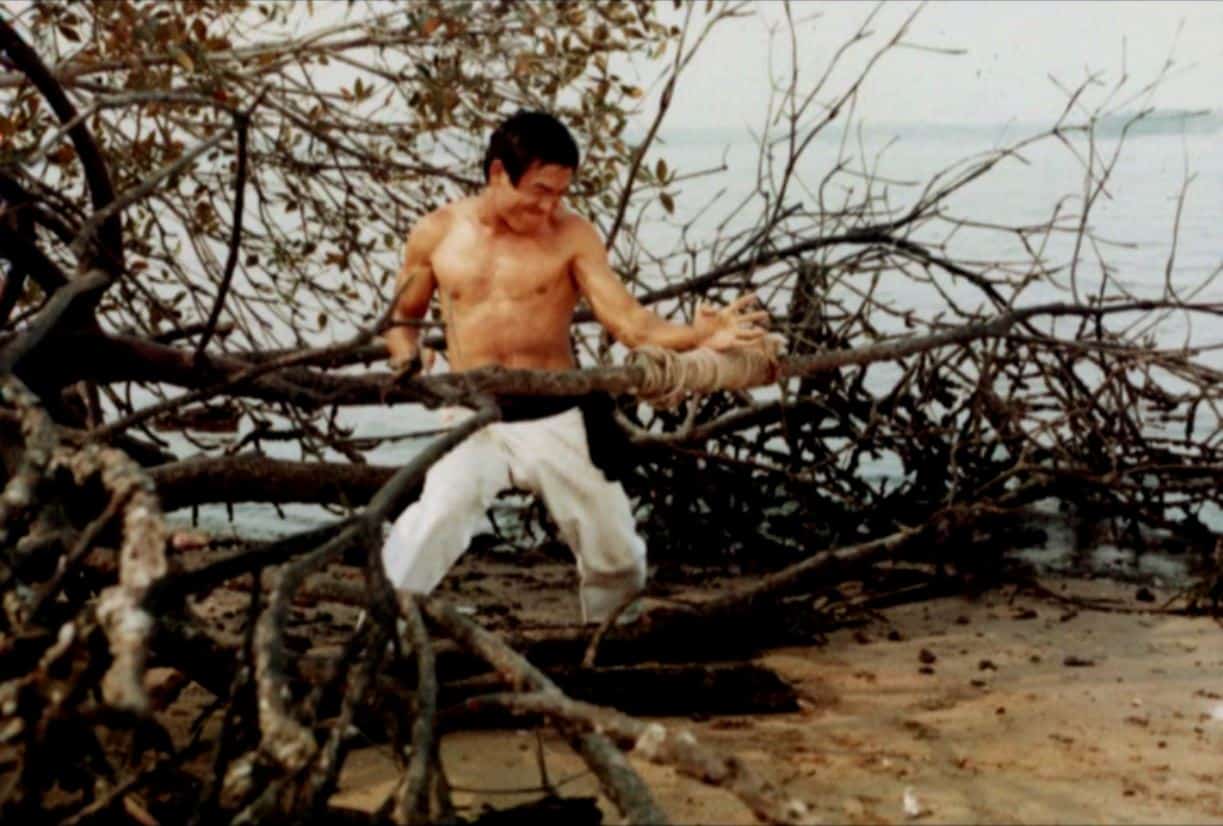Based on a novel that was written by the later Governor of Tokyo, „Crazed Fruit“ from 1956 offers a simple story with a messed up „boy meets girl“-plot. Director Kō Nakahira sets himself a controversial monument and immortalized his name in film history by telling the story of two brothers, who fall in love with the same girl.
Crazed Fruit is screening at the Japanese Avant-Garde and Experimental Film Festival

The love triangle is constructed between Eri, the femme fatale, who is married to a rich sugar daddy and has several toy boys besides; Haruji, the young, righteous main protagonist, whose innocence catches Eris attention; and Natsuhisa, who is Haruji's older and reckless brother. Traveling to Kamakura, Natsuhisa introduces Haruji to his circle of friends. They are part of the so-called „Sun Tribe“, a youth culture based on cynical aimlessness or in their own words: „We live in boring times. We make boredom our credo. Eventually, something will come out of it.“ They don't want to live by the predominant expectations and plans of their parents and teachers. One way of differentiating from the older generation is getting rid of old traditions. In „Crazed Fruit“ the protagonists are wearing Hawaiian Shirts, Smoking Cigarettes and listening to Jazz. In their search of new identity, they turn their backs to Japanese rites and are much more fascinated by the American Way of Life. These tendencies are embodied by Frank, who is half American and half Japanese. He is the center of the group activities and his leisure lifestyle is something everyone is trying to emulate.

Everyone except Haruji. He sees no meaning in the „Sun Tribe“. But his desire for Eri changes Haruji's being. Not knowing what kind of game Eri is playing, he falls for her and gets back-stabbed by his own brother. Broken and betrayed, Haruji is out for revenge.
Waves, sweat, light and shadows, the astonished face of Haruji on a speeding motorboat. That's the beginning of the movie. The narration circles and comes back to that scene at the end. In between, there are many memorable scenes. Underlined by the excellent soundtrack of Masaru Sato and Toru Takemitsu, the plot is fast paced and driven by the motives of the Nouvelle Vague. The only break-point is a 3-minute love scene between Eri and Haruji. No words, no music, only expressions and glances. Eri's feeling of guilt faces Haruji's naive feeling of satisfaction and happiness. The false play can only be comprehended by the viewer.

Extracting the cinematic aspect of the narration, the constellation of its protagonists and the presented lifestyle, „Crazed Fruit“ was celebrated as the Japanese answer to French directors like Jean-Luc Godard and Alain Resnais. It was the symbol for an attitude to life and formed the careers of actors like Yujiro Ishihara, who also played in other „Sun Tribe“-films (e.g. „Season of the Sun“). Japanese movie companies quickly recognized the popularity of such movie and started to produce dozens of „Sun Tribe“ movies, equipped with rebellious figures and aimed at a new, younger audience.
„Crazed Fruit“ stands out because of its simplicity and cruelty. It brought freshness to the Japanese cinema. A style that was certainly influenced by Western role models, but at the same time mixing them up with a Japanese flavor.
https://www.youtube.com/watch?v=OsEU_f3d2Ps















